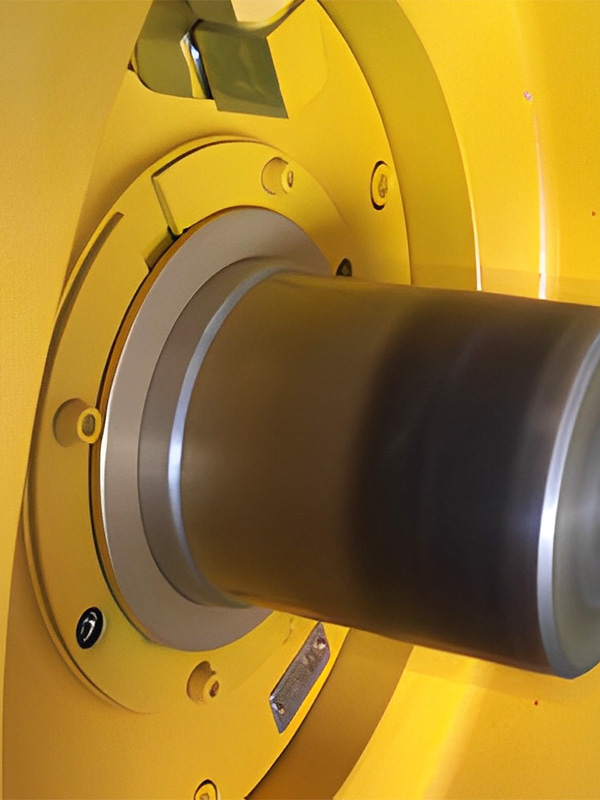
Bearing housing seal commonly used skeleton oil seal or labyrinth seal (metallurgy, paper rolls, fans, pumps, etc.), lubricant leakage phenomenon often occurs, and with the operation of the equipment, the lubricant leakage phenomenon is gradually aggravated. Bearing box lubricant leakage phenomenon has affected the stable operation of the equipment, the need for production operators to regularly add lubricants to maintain the normal oil level and oil pressure of the lubricant circuit. Large rotating shaft equipment shaft seal at the oil leakage problem prevails, especially large-diameter fan in this regard is particularly prominent. Some fans have been put into use since the leakage problem is serious, has not been effectively resolved, not only caused by the economic waste and pollution of the environment, a serious threat to the safety of normal production, has become an urgent solution to the scientific research problem.
Numerous fans bearing box sealing radial through the labyrinth tooth seal, sealing material for the aluminum alloy. After analysis, the cause of oil leakage phenomenon for fan operation caused by the normal wear and tear of the seal, by the fan long-term operation and disassembly, resulting in seal deformation, and the gap between the rotor increased and other phenomena, resulting in poor sealing, resulting in oil leakage. In fact, due to the fan long cycle operation, long time high temperature environment and grease erosion, coupled with maintenance and replacement of the rotor between the shaft diameter of the existence of certain manufacturing errors, so that the top of the seal teeth corrosion or friction loss, resulting in the top of the seal teeth and the axial surface of the gap increases, the seal of the intercepting effect of the reduction, and ultimately lead to oil leakage.
The composite labyrinth seal (bearing isolator) design is used to replace the straight-through labyrinth seal. Bearing isolator divided into dynamic and static ring, static ring is also flange mounted on the end cap, dynamic ring by two fluorine rubber O-ring held on the shaft, with the shaft rotation. Dynamic and static ring together constitute a composite labyrinth design, dynamic and static ring for high-quality aluminum alloy, dynamic ring driving ring for fluorine rubber. The lubricating oil thrown up by the bearing enters the first oil return groove along the gap between the shaft and the static ring, and then returns to the bearing chamber through the oil return hole in the inward direction under the action of gravity. A small amount of oil droplets formed after the cooling of oil star and oil mist enter the second oil return groove and are collected, and return to the bearing chamber through the downward-facing oil return holes under the effect of gravity. Water and dust from outside enter the dustproof labyrinth chamber along the gap between the static ring and the moving ring, and are discharged through the downward-facing drain hole under the effect of gravity and centrifugal force. The movable and static rings are not in constant contact when the equipment is in operation, so there is no wear and tear heat generation, and no temperature rise. Compared with the original straight-through sealing design, it can effectively eliminate leakage and has excellent dustproof and waterproof effect. The contact surface of static ring and shaft is equipped with two PTFE seals, PTFE coaxial with linear contact, to avoid static, ring in the process of equipment opening coaxial contact occurs at the same time, and to strengthen the effect of sealing the oil mist. There are positioning bolts between the dynamic and static rings to prevent the dynamic and static rings from disengaging when the equipment has a large amount of fluctuation.